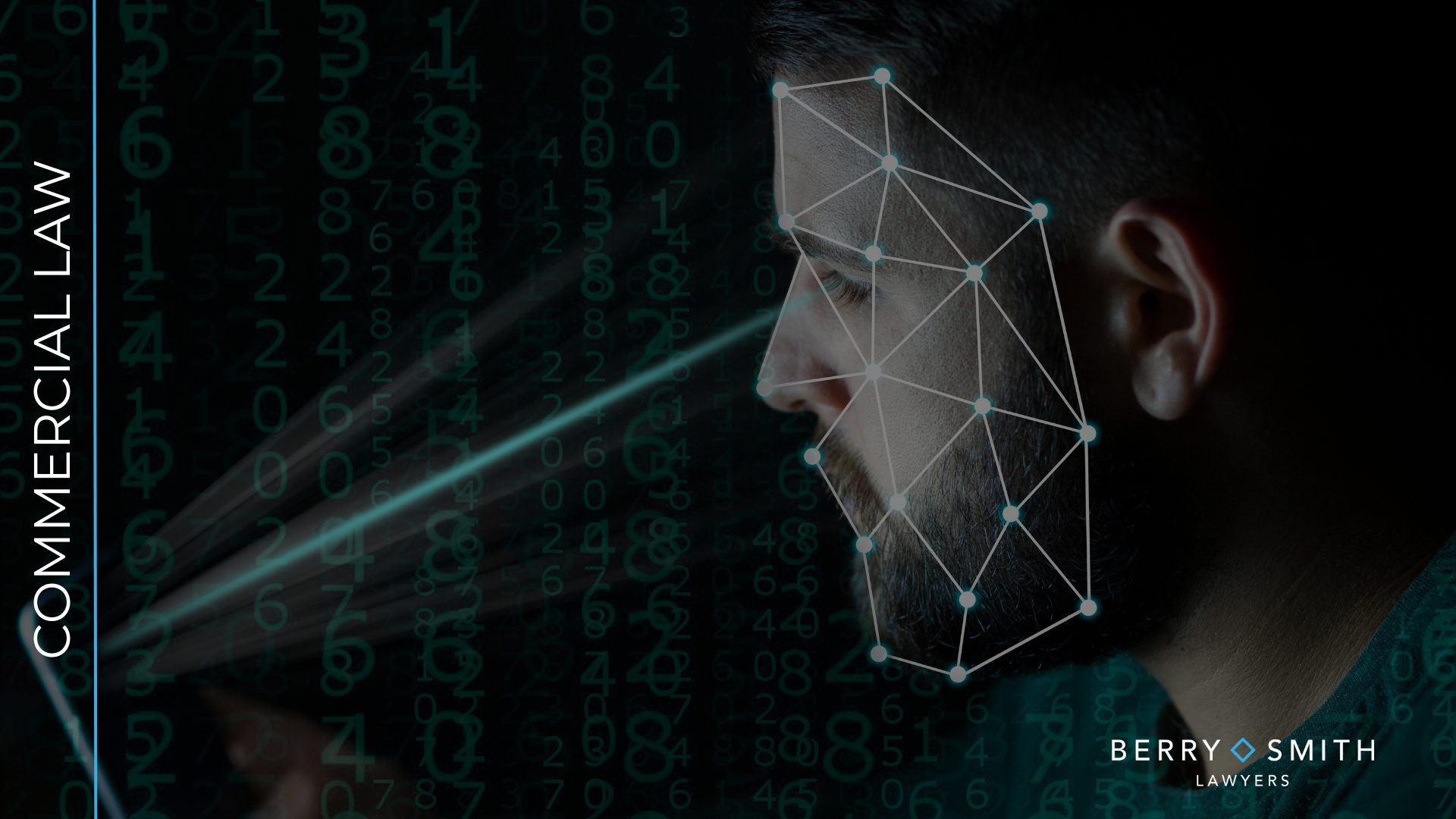In an era dominated by rapid technological evolution, companies must navigate a complex landscape of innovation, opportunity, and risk. One of the ways to ensure business resilience during this transformation is through the implementation of carefully structured legal contracts. These contracts should not only support current operations but also accommodate future developments, helping businesses stay competitive and compliant in an ever-changing environment.
The Impact of Technology on Your Contracts
As businesses digitise their operations and incorporate new technologies, their contracts must evolve accordingly. To address this, your business should draft contracts that directly reflect the technological context in which they operate. Important aspects these agreements should account for include data protection, software licensing, cybersecurity responsibilities, and intellectual property (IP) ownership. It is vital that these elements are not static; as technology changes, so too may the contracts that govern its use.
Remaining informed about technological shifts and their legal implications allows businesses to proactively manage risks. This forward-thinking approach ensures that contractual frameworks remain functional and protective in light of new challenges and innovations.
Building Contracts to Withstand Technological Change
A well-structured contract must include mechanisms that allow it to evolve alongside the business landscape. This might involve embedding amendment procedures or renegotiation clauses, which provide a structured pathway for updating terms when significant technological changes occur. Contracts should also anticipate future developments. Including adaptable clauses—such as those that allow for the integration of new technologies or services—helps ensure that the agreement remains valid and functional over time.
Contracts that deal with digital services or technology infrastructure must include specific provisions addressing technical and legal considerations. Key clauses include:
· Data security: Stipulating encryption standards, access controls, and data handling protocols to mitigate the risk of information breaches.
· Cybersecurity responsibilities: Defining each party’s role in preventing and responding to cyber incidents, including procedures for breach notification and incident management.
· IP ownership and licensing: Clearly outlining who owns innovations created under the agreement and the permitted use of any existing IP.
These clauses help ensure clarity, reduce the potential for disputes, and provide a solid legal foundation for managing technological assets.
Ensuring Compliance and Protection
With data breaches and cyber threats becoming increasingly common, contracts must prioritise compliance with data protection legislation and include robust security provisions. An example of some key provisions to consider are:
· Data Protection: Legal agreements should reflect the obligations imposed by data privacy regulations, such as the UK GDPR. This includes detailing how personal data is collected, stored, processed, and shared. Additionally, contracts should contain provisions for dealing with data breaches, including reporting requirements and corrective measures.
· Cybersecurity: In addition to compliance, businesses must seek to protect their company. Cybersecurity clauses should outline the specific protections that parties are required to implement. These may include software maintenance, system audits, and the use of secure digital infrastructures. Contracts should also define how cyber incidents are to be reported and managed.
· Intellectual Property: As digital solutions become more central to business operations, intellectual property considerations are increasingly prominent in commercial contracts. It is essential to clearly define ownership rights in relation to both pre-existing IP and any innovations developed during the contractual relationship. Licensing terms must also be carefully drafted to avoid ambiguity regarding the use and distribution of IP assets.
Ongoing Contract Review
In a rapidly changing regulatory and technological environment, contractual terms may quickly become outdated. We therefore suggest that businesses implement regular review processes to ensure agreements remain aligned with current practices and legal requirements. Scheduled assessments, conducted internally or in collaboration with solicitors, can identify areas where updates are required. Amendments should then be communicated transparently to all parties, maintaining confidence and legal certainty.
Conclusion
Technological progress offers immense opportunities for business growth, but it also introduces legal complexity. By embedding adaptability, clarity, and security into your contracts, your business can navigate these challenges with confidence. In doing so, they not only protect their legal interests but also position themselves to deal with any technological change.
